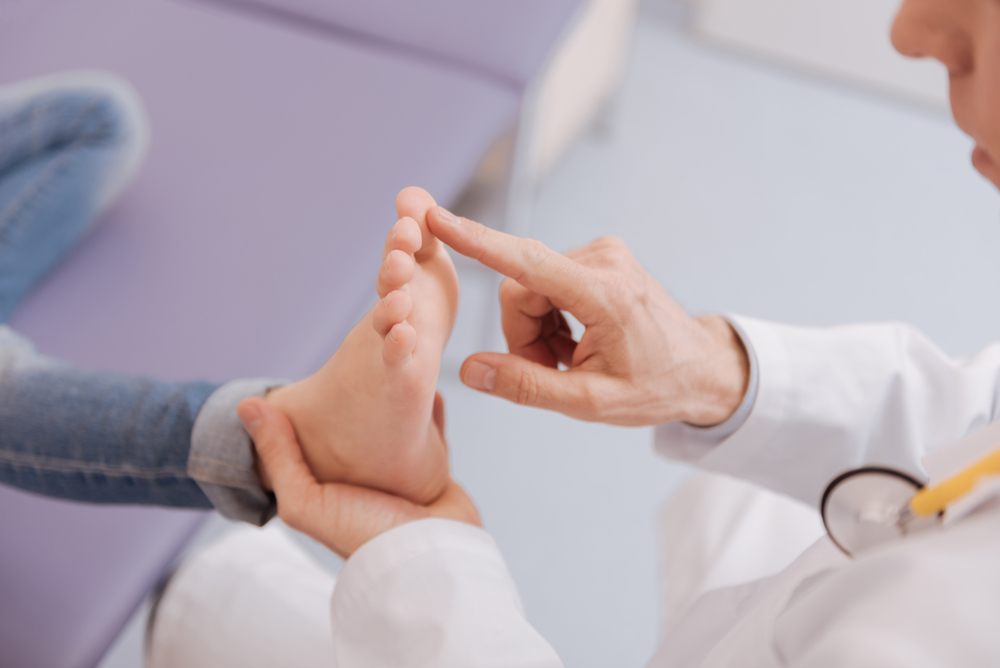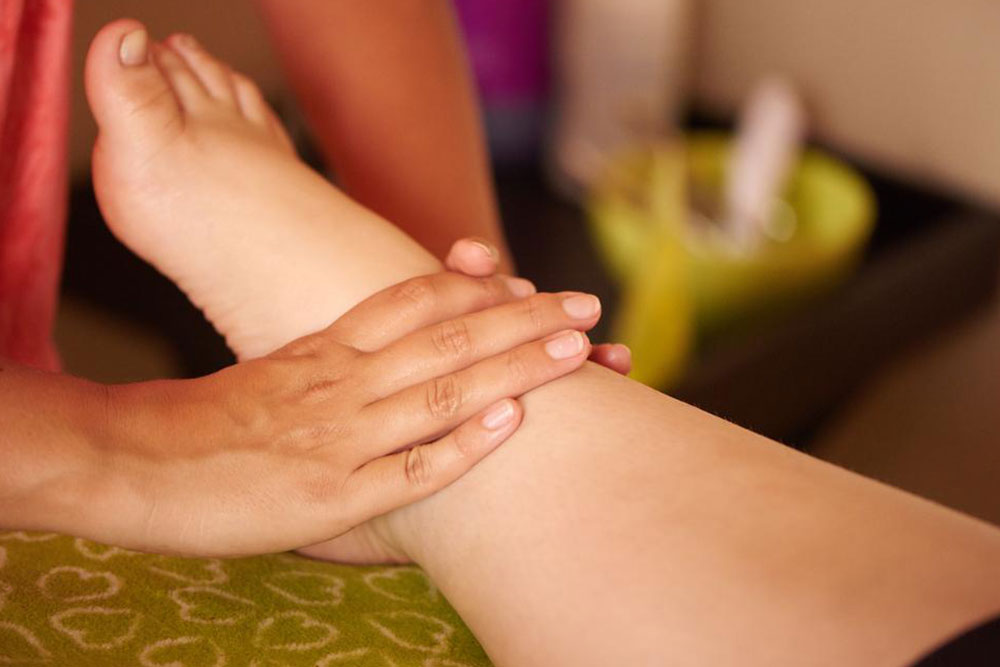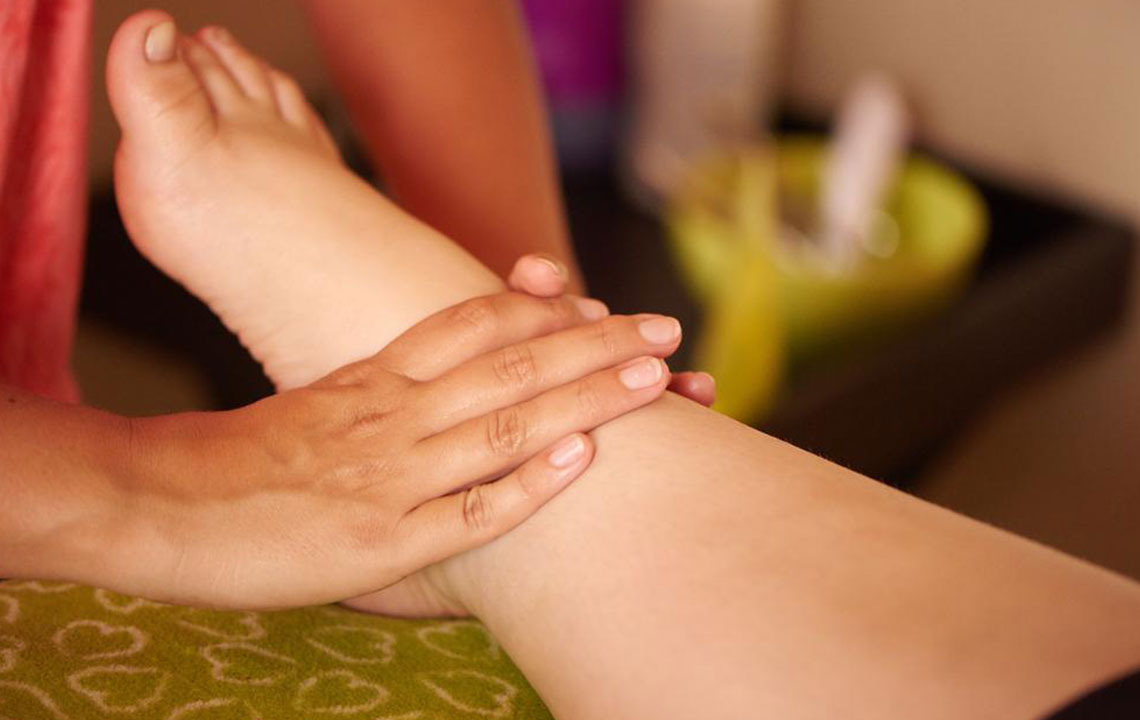Understanding and Managing Swelling in the Feet: Causes and Effective Relief Methods
This article discusses common causes of swollen feet, associated symptoms, and effective remedies. It emphasizes the importance of proper diagnosis and offers practical solutions such as elevating legs, wearing compression gear, and adopting healthy habits. Readers are encouraged to seek medical advice for persistent or severe swelling to prevent complications. The content aims to help individuals understand and manage foot swelling effectively to improve comfort and health.

Understanding and Managing Foot Swelling: Causes and Solutions
Foot swelling, or swollen feet, can be caused by various factors. Prolonged standing, excess weight, or fluid retention during pregnancy often lead to swelling in feet, ankles, and legs. Some medications like blood pressure drugs, steroids, or antidepressants may also cause this condition. Organ issues such as liver, heart, or kidney problems, injuries, blood clots, or infections are other potential causes. In addition, lymphatic problems, venous insufficiency, or high salt intake can contribute to swelling. Consulting a healthcare professional is recommended for proper diagnosis.
Symptoms include the gradual or sudden appearance of swelling, often worsening later in the day. If accompanied by headaches, abdominal pain, or shortness of breath, immediate medical attention is necessary. Risk factors include diabetes, pregnancy, vascular or organ malfunction, and poor diet high in salt and carbs. Persistent swelling could lead to pitting, where pressing leaves an indentation. Effective measures to reduce swelling include elevating your feet, engaging in gentle exercise, wearing compression stockings, and massaging the affected areas.
Elevate your legs: Raising your feet improves circulation and reduces fluid buildup.
Light activity: Walking or yoga can help promote blood flow and diminish swelling.
Compression wear: Stockings or calf sleeves provide targeted pressure to support circulation.
Massage therapy: Gentle leg and foot massages stimulate fluid movement and ease discomfort.
Appropriate footwear: Wear flexible, non-binding shoes and socks to accommodate swelling.
Weight management: Losing excess weight helps lower fluid retention and improves overall health.
Epsom salt soak: Soaking feet in Epsom salt water for 15-20 minutes can reduce swelling and pain, especially for non-diabetic individuals; check water temperature beforehand.
Magnesium intake: Supplementing with magnesium (200-400 mg) may aid in reducing water retention, but consult your doctor, especially if you have kidney or heart conditions.
Lemon water: Drinking a mixture of lemon juice and warm water supports detoxification, reduces fluid retention, and helps keep the body hydrated.









